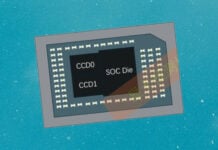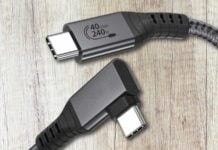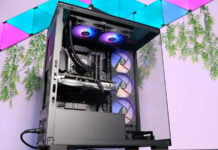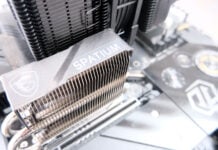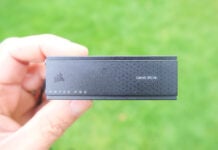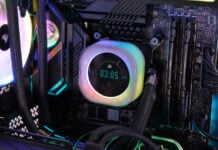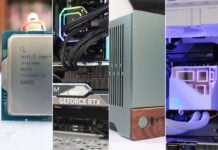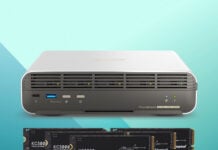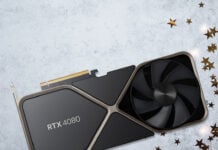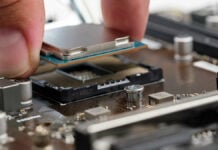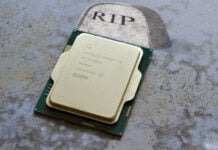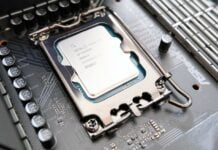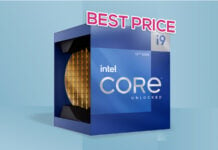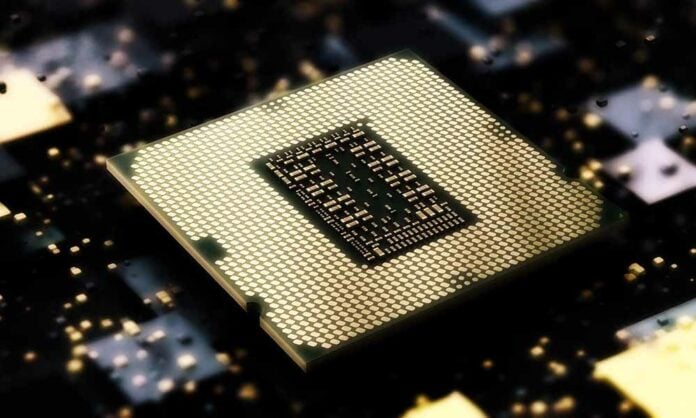
PC enthusiasts know Intel is planning on announcing 13th Gen Core ‘Raptor Lake’ desktop processors later this month, with availability scheduled for the end of October. Numerous rumours have suggested various specifications, but at last, it appears as if the official six-chip line-up has been leaked, as found by IgorsLAB.
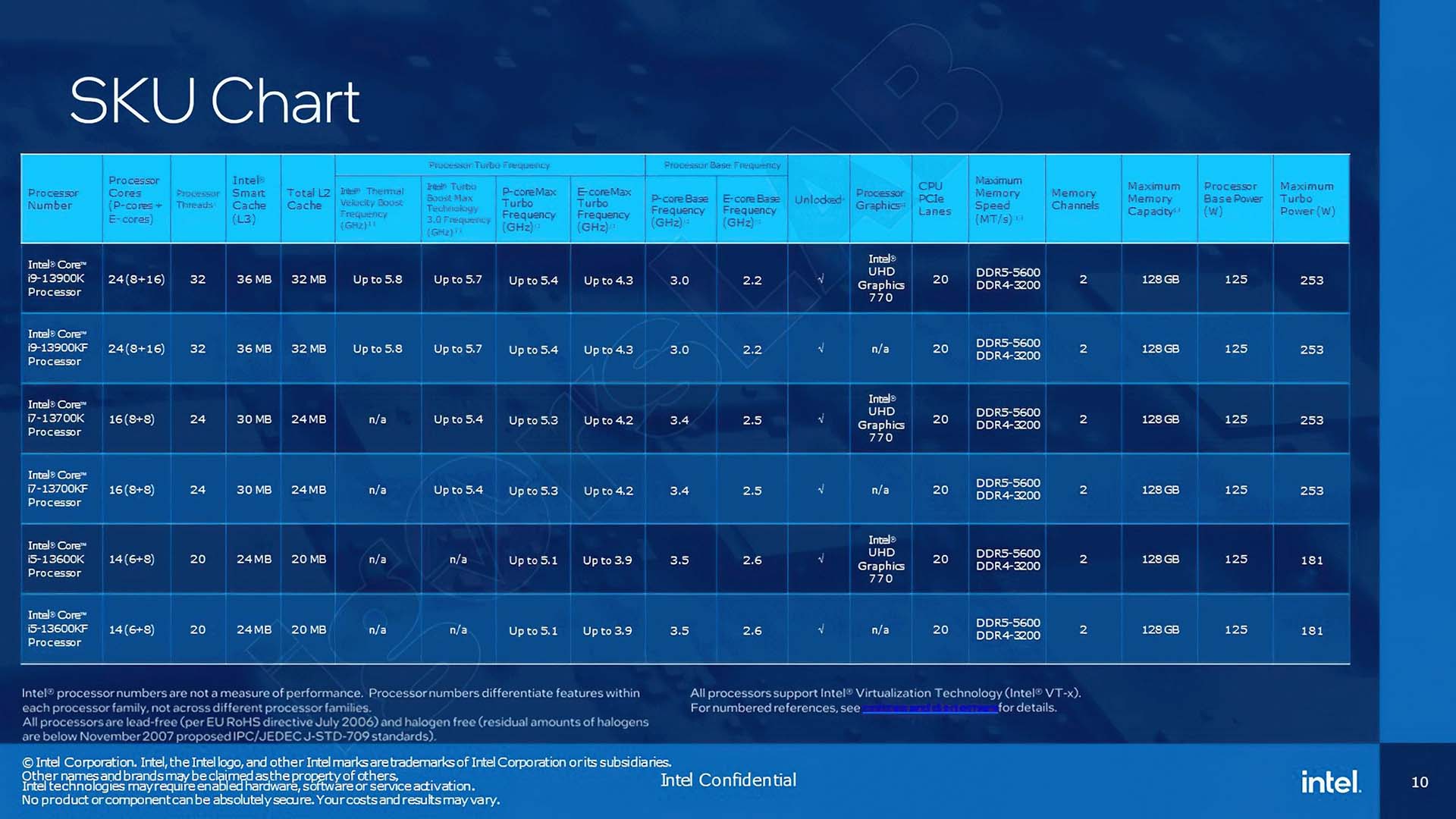
We have little reason to doubt the authenticity of the slide as it’s presented in Intel’s familiar shades of blue. Taken from a deck likely aimed at large-scale customers, the six chips are all either suffixed ‘K’ or ‘KF,’ suggesting only high-performance processors will be in the first tranche. Shame that, as rival AMD has also only releasing four Ryzen 7000 Series processors starting at $299.
The upcoming launch mirrors that of 12th Gen Core ‘Alder Lake‘ about a year ago insofar as Intel goes top-heavy first. It’s handy we have the comparison slide from that generation, as shown below.
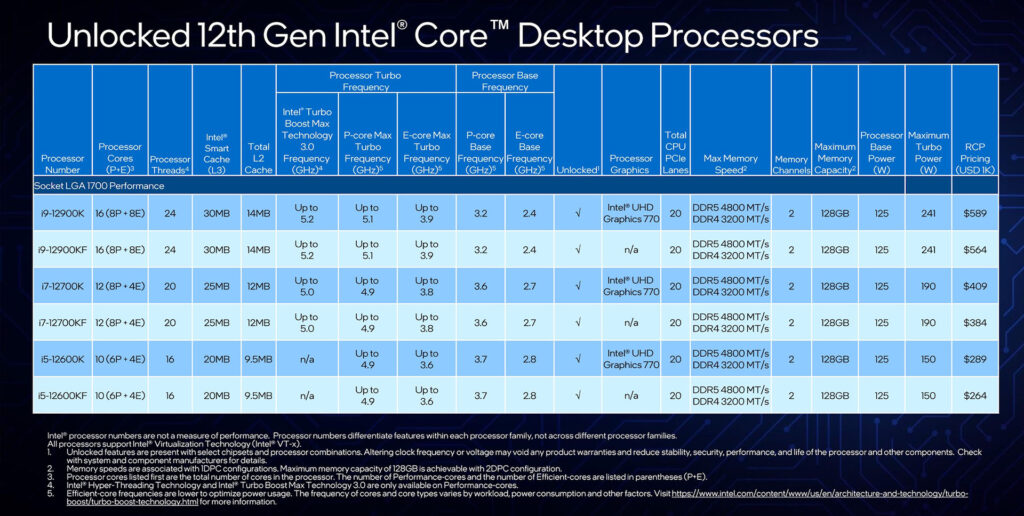
Core i5 vs. Core i5
Assuming the 13th Gen Core slide is accurate, Intel adds more threads and frequency at each level. Raptor Lake Core i5 now has four more Efficient cores for a total thread count of 20. Comparing Core i5-13600K vs. Core i5-12600K further, the upcoming chip is definitely more muscular in composition. There’s additional L3 cache, more than double the previous L2, and core-specific frequencies are up. Intel’s also increasing DDR5 speed to 5,600MT/s.
Though plumbed with the same 125W base TDP, Intel is planning on uplifting maximum turbo power – where the chip runs multi-core workloads at higher frequencies – from 150W to 181W. Summing it up in tabulated form.
| Core i5 13th Gen | Core i5 12th Gen | |
|---|---|---|
| Cores/threads | 14/20 | 10/16 |
| L2 cache (MB) | 20 | 9.5 |
| L3 cache (MB) | 24 | 20 |
| Max frequency (GHz) | 5.1 | 4.9 |
| Max DDR5 frequency (GT/s) | 5.6 | 4.8 |
| Max turbo power (watts) | 181 | 150 |
Nice gains across Core i5, no doubt, and the only missing piece is pricing. Do remember 13th Gen Core chips will work in present 600 Series motherboards with a BIOS update, though Intel and its partners would prefer you invest in the upcoming 700 Series platform.
Core i7 vs. Core i7
Next up the rung, Core i7 sees similar improvements across generations. The same additional four Efficient cores are added to the silicon – handy for boosting multi-core prowess – and L2 cache is doubled from 12MB to 24MB. L3, meanwhile, jumps from 25MB to 30MB. There’s more top-end speed and, like Core i5, Intel turns up the wick when in full-on mental mode.
| Core i7 13th Gen | Core i7 12th Gen | |
|---|---|---|
| Cores/threads | 16/24 | 12/20 |
| L2 cache (MB) | 24 | 12 |
| L3 cache (MB) | 30 | 25 |
| Max frequency (GHz) | 5.4 | 5.0 |
| Max DDR5 frequency (GT/s) | 5.6 | 4.8 |
| Max turbo power (watts) | 253 | 190 |
Core i9 vs. Core i9
The champion chips from each generation show what’s possible with each architecture. Remember both are using what is termed the ‘Intel 7’ manufacturing process, meaning there is no free lunch for 13th Gen Core emanating from the usual manufacturing shrink.
| Core i9 13th Gen | Core i9 12th Gen | |
|---|---|---|
| Cores/threads | 24/32 | 16/24 |
| L2 cache (MB) | 32 | 14 |
| L3 cache (MB) | 36 | 30 |
| Max frequency (GHz) | 5.8 | 5.2 |
| Max DDR5 frequency (GT/s) | 5.6 | 4.8 |
| Max turbo power (watts) | 253 | 241 |
13th Gen Core is all about more, more, more. Looking back through the posted numbers, Raptor Lake is at least matching Alder Lake but with a lower family, so Core i5 13th Gen looks like Core i7 12th Gen, and so on. That’s a nice step up in a year, even if each range requires more power to run at optimum frequencies.
As impressive as premium Raptor Lake looks, where are the energy-efficient 65W models and entry-level Core i3? Surely they make the most sense for enthusiasts – the Core i5-12400 and Core i3-12100F are standout performers from this generation. We’ll have to wait until January 2023 for those.


